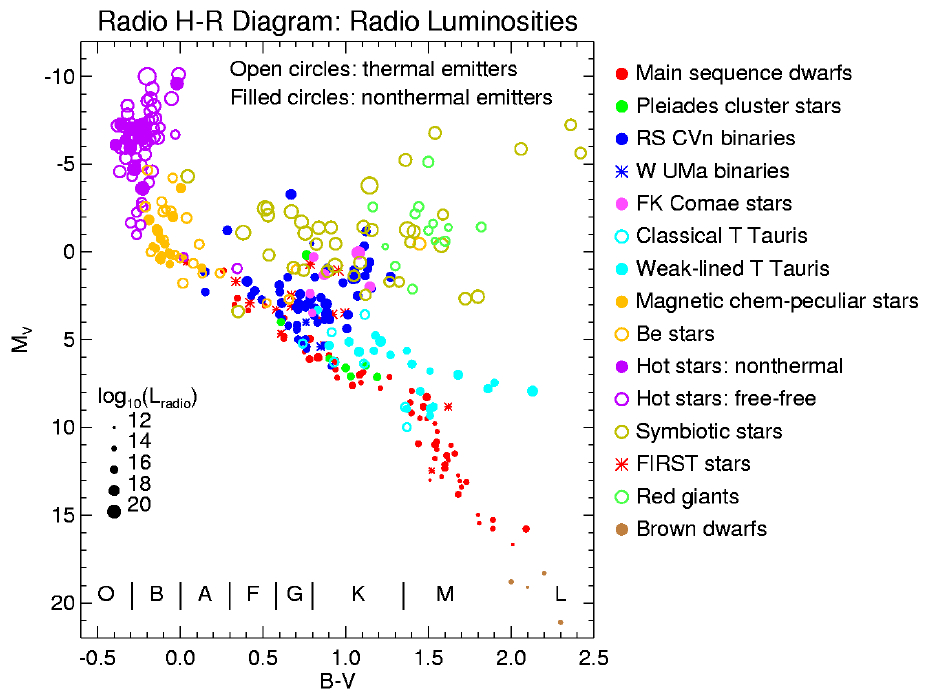RationaleRadioastronomy (observations from submillimeter to decimeter wavelengths) experiences a revolution thanks to the development of international observatories giving access to unprecedented sensitivity and angular resolution, as well as new wavelength domains. This includes especially ALMA, NOEMA and SKA. France is strongly involved in these projects through ESO for ALMA and IRAM for NOEMA. Furthermore, the 2014 prospective colloquium of the National institute of Universe Sciences has recognized the participation of France to SKA as a first priority. Stellar studies at long wavelengths is complementary to optical observations. It allows the study of non-thermal emission processes and thus energetic processes, as well as physics and chemistry of stellar environments: disks and jets of young stellar objects, circumstellar envelopes generated by stellar winds, etc. Such studies have been hampered in the past by e.g. the low angular resolution of radiotelescopes. This school aims at a better structuration of the community on these research fields in order to optimize the forthcoming scientific exploitation of these new radio observatories. The observatories mentionned above should lead to major discoveries in stellar physics. Chromospheres and coronae of solar-type stars will be studied in detail in order to better constrain heating processes. The study of their magnetospheres will also have a strong impact on the sudy of extrasolar planets and their potential habitability. The study of disks and jets around young stellar objects is essential to understand stellar formation. The observation of circumstellar envelopes will also bring new constraints on their hydrodynamics and thus lead to a better understanding of mass loss processes at all stages of stellar evolution. Finally, the study of magnetic fields at high angular resolution will become feasible.
|



